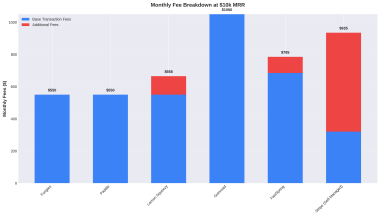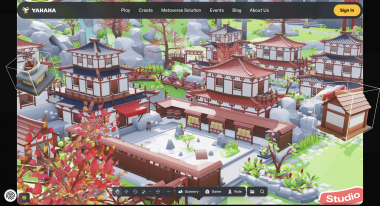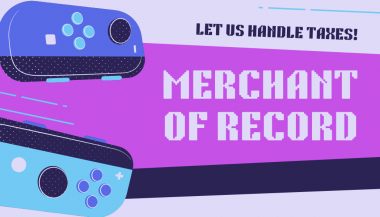Indie game development is a realm of creativity, passion, and limitless potential. However, the road to success in the fiercely competitive gaming industry can be daunting. One of the most critical milestones on this journey is the moment when you publish your game, and this article is your guide to navigating that exciting but challenging terrain.
The Roadmap to Success

Publishing an indie game involves a multitude of steps, from refining your game to marketing it effectively and beyond. This comprehensive guide will walk you through each stage of the process, offering insights and strategies to help you not only release your game but also thrive in the competitive world of indie game development.
Preparing for Publication
Game Development Refinement
Polishing Your Game Mechanics
Before you even think about publishing, ensure your game’s core mechanics are flawless. A seamless and enjoyable gameplay experience is the foundation of a successful indie game.
Debugging and Quality Assurance
Leave no stone unturned in the pursuit of bug-free gaming. Rigorous testing and quality assurance are vital to maintaining player satisfaction.
Market Research and Analysis
Identifying Your Target Audience

Understanding your potential players is paramount. Define your target audience’s preferences, behaviors, and expectations.
Analyzing Competing Titles
Investigate similar games in the market. What sets your game apart? What can you learn from both their successes and their missteps?
Building a Strong Online Presence
In today’s digital age, your game’s online presence is more crucial than ever. It serves as your digital storefront, drawing players in and giving them a taste of what to expect. Here’s how to make the most of it:
Creating a Captivating Game Website
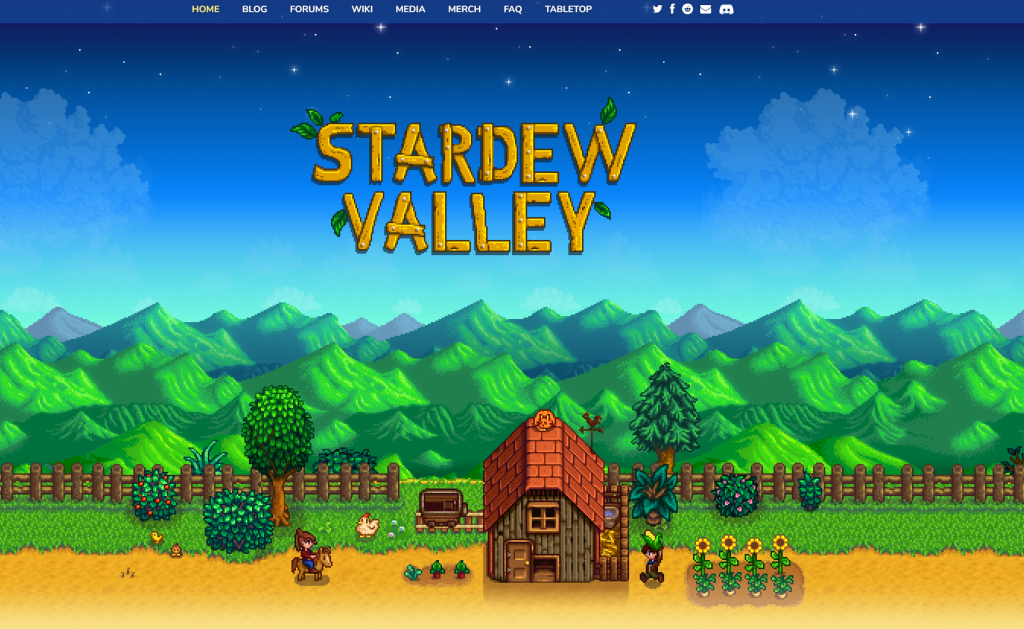
Your game’s website is where players get their first impression. Make it visually appealing and user-friendly. Provide essential information like game features, screenshots, and release date. Engage visitors with interactive elements like teasers, trailers, and behind-the-scenes content.
Leveraging Social Media for Hype

Social media platforms are your megaphone to reach potential players. Choose platforms that align with your target audience and post regularly. Share development updates, teasers, and interact with your community. Running contests, giveaways, and polls can generate buzz and build a loyal following.
Choosing the Right Platform
App Stores and Marketplace
Selecting the right platform to launch your game is pivotal. It determines your game’s visibility and accessibility. Here’s what you need to know:
App Store vs. Google Play vs. Others

Consider the strengths and weaknesses of various app stores like Apple’s App Store and Google Play. Assess their policies, user bases, and competition to make an informed choice.
Steam, Epic Games Store, and Alternative Platforms
Explore alternative platforms beyond mobile stores. Steam, Epic Games Store, and others offer opportunities for PC and console game publishing. Each has its own audience and requirements, so research thoroughly.
Self-Publishing vs. Publisher
The decision to self-publish or collaborate with a publisher is a critical one. It influences your creative control, financial responsibilities, and marketing reach.
Pros and Cons of Self-Publishing
Self-publishing grants you autonomy but demands more hands-on involvement in marketing and distribution. You’ll retain all profits but also face the full burden of expenses.
Partnering with a Publisher
Working with a publisher can provide financial support, marketing expertise, and access to established distribution channels. However, it may entail relinquishing some creative control and sharing revenue.
Game Marketing and Promotion
Creating a Marketing Plan

A well-structured marketing plan is your roadmap to success. It ensures you reach the right audience with the right message:
Identifying Key Marketing Channels
Determine the most effective marketing channels for your game. Social media, email marketing, influencer partnerships, and public relations are all viable options. Tailor your approach to each channel’s strengths.
Setting Marketing Goals
Define clear marketing goals to measure your campaign’s success. Are you aiming for a specific number of pre-orders, wishlists, or downloads? Setting benchmarks keeps your efforts focused and measurable.
Trailers and Teasers
Trailers and teasers serve as a visual gateway to your game’s world. They can be immensely influential in building anticipation:
Crafting a Captivating Game Trailer
Your game trailer should be a cinematic masterpiece that encapsulates the essence of your game. Engage viewers emotionally, showcase gameplay highlights, and tease the storyline. A compelling soundtrack can elevate the experience.
Utilizing Teasers for Pre-launch Hype
Teasers are bite-sized sneak peeks that ignite curiosity. Use teasers strategically in the lead-up to your game’s launch. They provide a glimpse into the game’s atmosphere, characters, or key moments, leaving players eager for more.
Press Kits and Game Demos
To gain media attention and give players a taste of your game, you’ll need well-prepared press kits and game demos.
Building an Effective Press Kit
A press kit is your game’s professional dossier. It should include high-quality images, videos, a concise game description, developer information, and contact details. Make it easy for journalists and content creators to cover your game.
Releasing Game Demos for Early Buzz
Game demos offer players a hands-on experience before the official launch. Release demos strategically to generate early buzz and feedback. Ensure they showcase your game’s most engaging aspects to leave a lasting impression.
Monetization Strategies
Choosing the right monetization strategy can significantly impact your game’s success and player satisfaction.
Choosing the Right Pricing Model
Free-to-Play vs. Premium vs. Freemium
Decide whether your game will be free-to-play, a premium purchase, or freemium. Each model has its advantages and implications for player expectations and revenue potential.
In-App Purchases and Microtransactions
If you opt for free-to-play or freemium, in-app purchases and microtransactions can be lucrative. Implement them thoughtfully to avoid alienating players with aggressive monetization.
Optimizing for Ad Revenue

Incorporating Ads Strategically
Integrating ads into your game can be a sustainable revenue source. Ensure ads appear at natural breaks in gameplay, and offer players the option to remove ads with a one-time purchase.
Balancing Ads with User Experience
Striking the right balance between ad frequency and user experience is essential. Overwhelming players with ads can lead to frustration and abandonment.
Considering Alternative Revenue Streams
Merchandising and Collectibles
Expand your revenue streams by selling merchandise related to your game. This can include apparel, posters, figurines, and other collectibles that resonate with your player base.
Licensing Your Game’s IP
Your game’s intellectual property (IP) can hold value beyond the game itself. Explore licensing opportunities, such as allowing other products or media to use your game’s characters or world.
Launching Your Indie Game
Launching your indie game is a culmination of your hard work and creativity. It’s an event that requires careful planning and execution.
Soft Launch vs. Global Launch
The Benefits of a Soft Launch
Consider conducting a soft launch before the global release. This approach allows you to release your game to a smaller audience, often in specific regions, to gather feedback and make improvements based on real player experiences.
Planning for a Global Launch
When you’re ready for the global launch, thorough preparation is key. Ensure your game has been polished to a shine and that your marketing efforts are primed to maximize visibility.
App Store Optimization (ASO)
Optimizing Keywords and Descriptions
Dive into the world of App Store Optimization (ASO). It’s akin to SEO for app stores. Choose relevant keywords and craft engaging descriptions to enhance your game’s visibility when players search for similar titles.
Gathering User Reviews and Ratings
Encourage players to leave reviews and ratings. Positive feedback can boost your game’s credibility and visibility, while constructive criticism can help you address issues and improve.
Post-Launch Support and Updates
Addressing Bugs and User Feedback
After launch, diligently address any bugs or issues reported by players. Responsive support and quick fixes are essential for maintaining a positive player experience.
Adding New Content and Features
To keep players engaged and attract new ones, regularly update your game with fresh content and features. Whether it’s new levels, characters, or gameplay modes, ongoing development can extend your game’s lifespan.
Community Engagement
Building a strong player community can have a profound impact on your game’s success and longevity:
Building a Devoted Player Community
Engaging with Players on Social Media
Social media platforms provide an ideal space to interact with your player community. Respond promptly to comments and messages, and share exclusive content and updates to keep the community engaged.
Hosting In-Game Events and Challenges
Create a sense of camaraderie among players by hosting in-game events and challenges. These events can foster competition, collaboration, and long-term engagement.
Managing Player Feedback

Listening to Player Concerns
Listening attentively to player concerns is essential. Address negative feedback with empathy, and communicate your commitment to enhancing the player experience.
Incorporating Player Ideas and Suggestions
Players often have valuable insights and ideas for your game. Actively consider their suggestions and incorporate player-generated content when possible. It not only fosters a sense of ownership but can lead to gameplay improvements.
Post-Launch Marketing
The work doesn’t end at launch. To sustain your game’s success, you’ll need a post-launch marketing strategy.
Sustaining Hype
Continued Social Media Engagement
Maintain an active presence on social media platforms. Keep your audience informed about updates, events, and news related to your game. Engage with the community through polls, contests, and behind-the-scenes glimpses.
Release of Post-Launch Content
Announce and deliver post-launch content strategically. Whether it’s downloadable content (DLC), expansions, or seasonal events, new content keeps players engaged and excited about your game.
Cross-Promotions and Collaborations
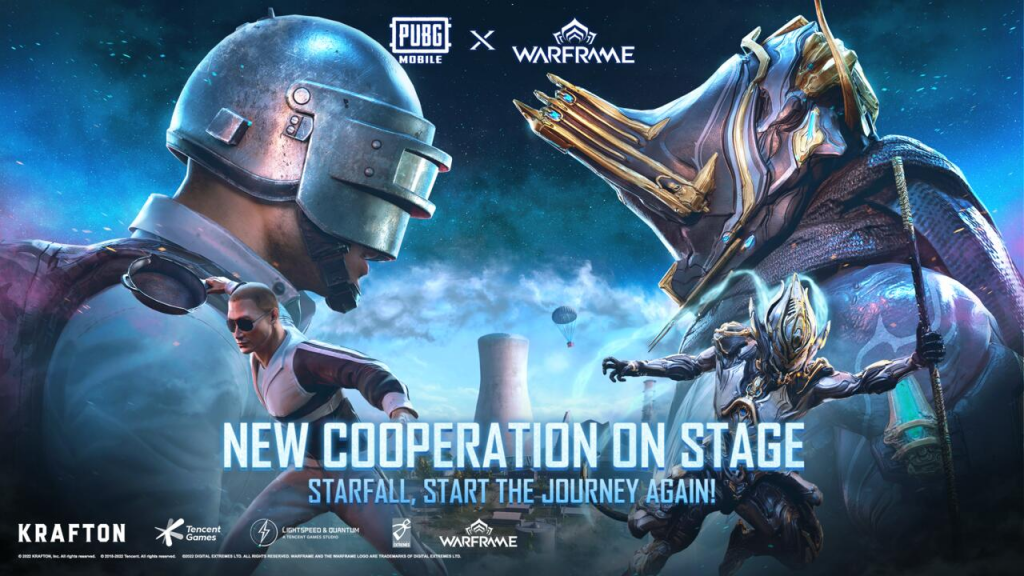
Partnering with Other Indie Developers
Collaborate with other indie developers to cross-promote each other’s games. These partnerships can introduce your game to a new audience and increase player retention.
Exploring Cross-Promotion Opportunities
Identify potential cross-promotion partners with complementary games or target audiences. Negotiate mutually beneficial arrangements to broaden your game’s reach.
Analytics and Data Insights
Harnessing data insights is essential for making informed decisions and optimizing your game’s performance.
Utilizing Analytics Tools
Tracking User Metrics
Invest in analytics tools to track user metrics such as player retention, engagement, and spending habits. These insights help you understand player behavior and preferences.
Analyzing Player Behavior
Analyze player behavior patterns to inform your decision-making process. Data-driven insights can guide updates, monetization strategies, and future game development.
Making Informed Decisions
Adjusting Monetization Strategies
Use data insights to fine-tune your monetization strategies. Adapt pricing, in-app purchases, or ad placements based on player preferences and market trends.
Tailoring Updates Based on Data
Customize game updates based on data-driven insights. Focus on areas that resonate most with players, ensuring that each update enhances player engagement and satisfaction.
Challenges and Pitfalls
Success in the indie game industry is often accompanied by challenges and unexpected hurdles.
Dealing with Unexpected Hurdles
Navigating Negative Reviews and Feedback
Negative reviews and feedback can be disheartening, but they also present opportunities for improvement. Respond professionally and use criticism constructively to enhance your game.
Coping with Technical Issues
Technical challenges may arise at any stage of development. Maintain a proactive approach to troubleshooting and seek expert assistance when needed.
Staying Committed
Maintaining Enthusiasm After Launch
Post-launch periods may bring lulls in player engagement. Stay enthusiastic about your game and maintain communication with your community to keep interest alive.
Long-Term Game Sustainability
Plan for the long term and consider strategies to ensure your game’s sustainability. Whether through updates, expansions, or sequels, think ahead to maintain your game’s relevance.
Conclusion
The Indie Game Publishing Achievement
Celebrating Success Stories
Take inspiration from the success stories of fellow indie game developers. Each success is a testament to creativity, dedication, and resilience in the indie game landscape.
The Ever-Evolving Indie Game Landscape
Recognize that the indie game landscape is dynamic and ever-evolving. Stay adaptable and continue learning to thrive in this vibrant industry.
Taking the Leap
Your Journey to Successful Game Publication
Embrace the challenges and triumphs of publishing your indie game. Your journey is a testament to your creativity and determination.
The Future Awaits for Indie Game Developers
The future holds endless possibilities for indie game developers. Continue to innovate and captivate players with your unique creations. Your journey is a testament to your creativity and determination, and the future holds boundless potential for indie game developers like you.

